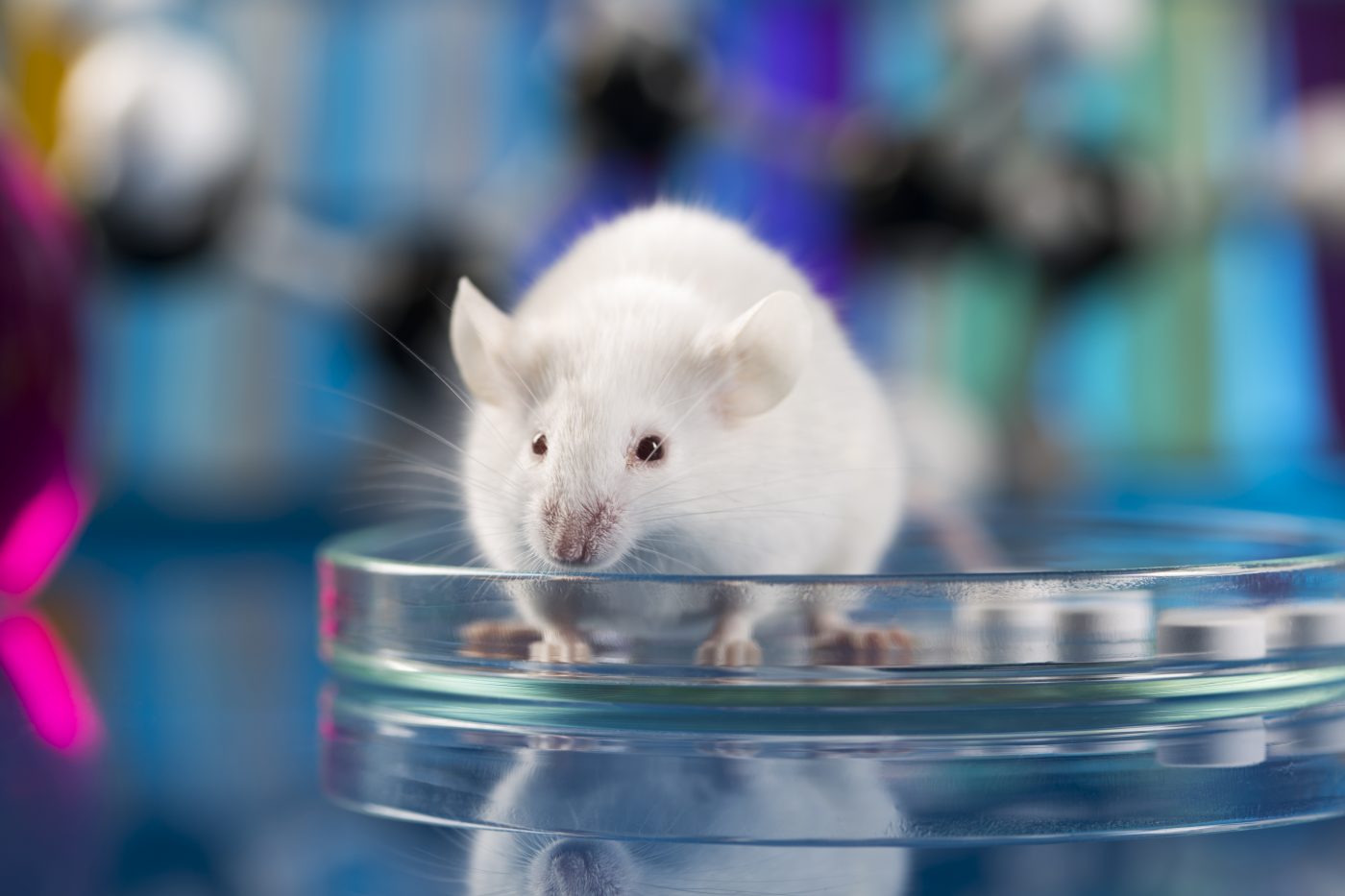Stem Cells Derived from Amniotic Membrane Slow Lung Scarring in IPF Mouse Model
Written by |

Stem cells derived from the placental amniotic membrane — one of the membranes of the amniotic sac that surrounds a baby while it is still in the womb — have the ability to slow the progression of lung tissue scarring in a mouse model of idiopathic pulmonary fibrosis (IPF), a study has found.
According to the study authors, these preclinical findings may open the door to the development of new treatments for IPF.
The study, “Amniotic MSCs reduce pulmonary fibrosis by hampering lung B‐cell recruitment, retention, and maturation,” was published in the journal Stem Cells Translational Medicine.
IPF is a progressive lung disease of unknown origin characterized by the thickening and stiffening of lung tissue, leading to permanent scarring (fibrosis) that gradually compromises a person’s ability to breathe. Although its exact causes are unknown, many studies have suggested that inflammation could be associated directly with both the onset and progression of IPF.
Based on that information, and on previous data showing that stem cells derived from the amniotic membrane have powerful immunoregulatory properties, investigators in Italy investigated further how these cells operate.
“Mesenchymal stromal cells derived from human amniotic membrane (hAMSCs) display a marked ability to affect the body’s immune system. They have been shown to reduce lung fibrosis in mice, possibly by creating a microenvironment that limits the evolution of chronic inflammation which leads to scarring,” Anna Cargnoni, PhD, first author of the study who led the investigation, said in a press release.
“However, the ability of hAMSCs to modulate the immune cells — and specifically B-cells — involved in pulmonary inflammation has yet to be clearly described. That’s what we sought to do in our study,” Cargnoni said.
The research team used a well-established mouse model of IPF, in which the disease is triggered by treating animals with bleomycin, an anti-cancer drug often used to trigger pulmonary fibrosis (PF) in rodents.
The team injected one group of animals with freshly collected hAMSCs, and a second group with hAMSCs that had been cultivated and grown in a lab dish (in vitro). The purpose of this first experiment was to assess whether hAMSCs loosed some of their therapeutic properties after being grown in the lab. Researchers also injected a third group of mice with a saline solution that did not contain hAMSCs to be used as controls.
To evaluate the potential effects of hAMSCs on animals’ immune cells, researchers collected lung immune cells through bronchoalveolar lavage (BAL) in animals from the three treatment groups, at four different time points (four, seven, nine, and 14 days after treatment). Of note, BAL is a procedure in which a fluid is squirted into a small portion of the lung and then aspirated to be analyzed.
A technique called flow cytometry was used to measure the number of these immune cells, as well as the levels of specific markers they contained. Animals’ lung tissues also were collected and analyzed at the same time points.
Results showed that hAMSCs increased the levels of the regulatory immune cell marker Foxp3, and shifted immune cells’ activity in favor of an anti-inflammatory mode of action.
The data also showed that both types of hAMSCs reduced the recruitment, retention, and maturation of B-cells in the lungs of sick animals, thereby limiting inflammation.
“This is important because in IPF patients, B-cells form pulmonary aggregates with T-cells, and continuously activate T-cells creating a self-maintaining inflammatory condition,” Cargnoni said.
“By modulating the B-cells, the hAMSCs were able to break this loop and, thus, help blunt the progression of lung inflammation and, consequently, scarring, too. We believe these key insights into the therapeutic potential of hAMSCs provide further evidence for the potential clinical use of hAMSCs in treating IPF and other inflammation-related fibrotic diseases,” Cargnoni concluded.
The team also emphasized that the results indicate “short‐term in vitro expansion did not alter the activity of hAMSCs in comparison to freshly isolated cells, thus further encouraging the translation of this therapeutic product into the clinic,” although more “studies elucidating the influence of in vitro long‐term expansion on cellular functions are needed,” they wrote.






